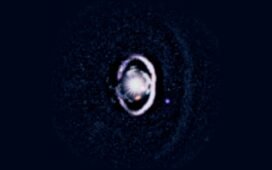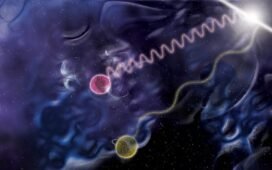Dark matter, dark energy, and the Big Bang are all part of a solid scientific foundation. Here’s why popular media often claims otherwise.
It happens all over the internet and news media every day: a new scientific study, making an extraordinary-if-true claim, gets elevated to prominence. You’ve probably seen many just over the past month, including:
None of these things are true, of course, despite the assertions of the researchers who originated these claims. But unless you’re a scientist yourself — and, in particular, a scientist well-versed in these aspects of physics and astronomy — it’s not readily apparent where these claims have gone wrong.
In fact, there’s actually a simple formula to elevating this kind of work to popular prominence: work that ranges from mediocre-but-speculative research to completely unsupported claims that bear no relation to the actual data. All you…















